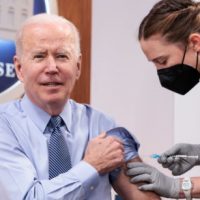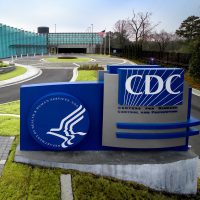At the end of March, the Food and Drug Administration authorized a second COVID-19 booster dose for people 50 years of age and older. But the data supporting the extra shot is limited. Here, we break down the available evidence and share what scientists recommend.
Pro-Lamb Super PAC Misfires in Attack Ad Against Fetterman
Clinical Trials Find No Increase in Mortality Among COVID-19 Patients Treated with Remdesivir, Contrary to Viral Claim
Remdesivir is the only antiviral medication approved by the Food and Drug Administration to treat COVID-19. But a retired chiropractor misleadingly claims on a viral clip on social media that the drug is “killing people.” Studies have shown that remdesivir can lead to faster recovery times for hospitalized patients.
COVID-19 Data Comparing Vaccinated vs. Unvaccinated Continue to Be Available, Contrary to Viral Posts
Weekly rates of COVID-19 hospitalizations and deaths by vaccination status are published monthly by the Centers for Disease Control and Prevention on its website. The death data were last posted on March 17, and the hospitalization data on March 31. But a viral tweet claimed the CDC is no longer releasing the information.
Strategic Petroleum Reserve Oil Stocks Declined Under Trump, Contrary to His Claim
The U.S. Strategic Petroleum Reserve was set up in the 1970s as an emergency source of oil in the event of unexpected supply disruptions. When Donald Trump took office as president in January 2017, the reserve held 695.1 million barrels of crude oil. The last full week before he left office in January 2021, it held 638.1 million barrels, or about 8% less.
The Facts on ‘De-Nazifying’ Ukraine
Facebook Video Misrepresents CDC Report on COVID-19 Vaccine Boosters
A report from the Centers for Disease Control and Prevention found that side effects such as a sore arm or headache following a booster dose of the mRNA COVID-19 vaccines were less frequent than after the second dose. But a Facebook video from a chiropractor misrepresents the report’s findings, the systems that record adverse events and the availability of information on those events.









